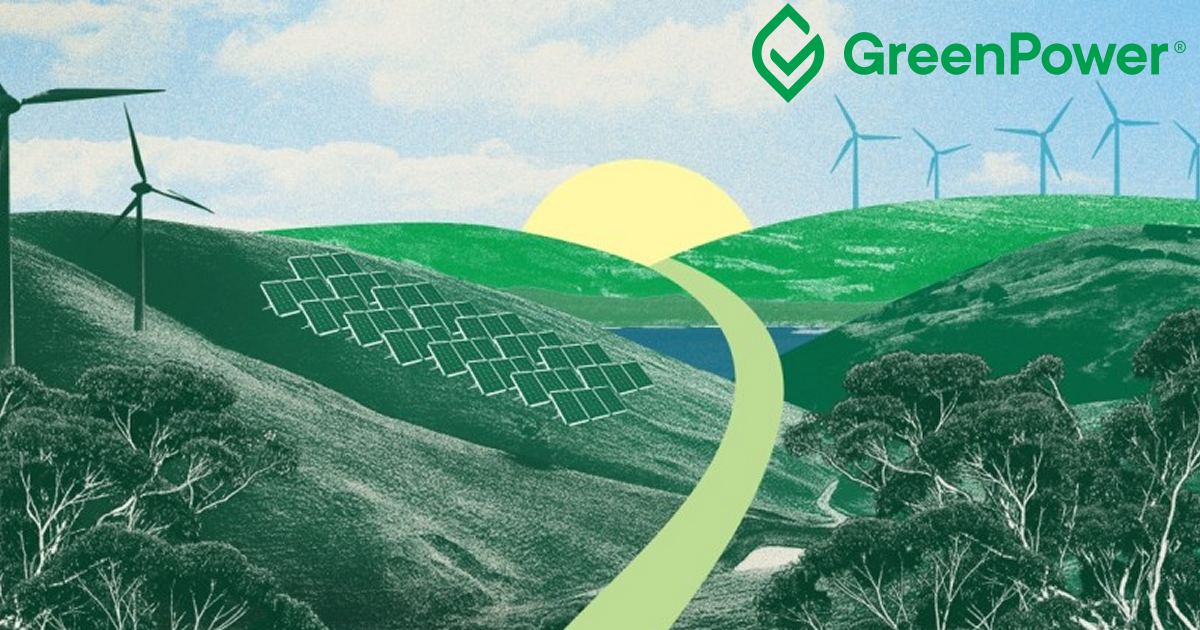
A long-running scheme providing renewable energy to Australian households and businesses via electricity retailers is going to need some nips and tucks.
GreenPower is program available nationally enabling electricity customers to ensure their mains grid use is matched with power from verified renewable electricity sources. The program has been around since 1997 and claims to have facilitated more than $1 billion investment back into renewable energy projects.
GreenPower is based on LGCs (Large-Scale Generation Certificates). One GreenPower LGC can be created per megawatt hour (MWh) of eligible renewables-based electricity generated. GreenPower accredits electricity retailers to purchase and surrender (retire) LGCs, who are audited annually to ensure they are playing by the rules.
The National GreenPower Steering Group wants the program to move with the interesting times we live in. Following an independent review of the program by consultancy Common Capital, a consultation paper seeking feedback from interested parties – including the general public – has been released.
“We’re seeking input on how GreenPower can respond to recent market changes and continue to help consumers access accredited energy that is 100% renewable”, said Tim Stock, Chair of the National GreenPower Steering Group.
While stating GreenPower was still “relevant and appropriate”, the review of the program found its current design is struggling to deliver additional renewable energy as a result of significant changes in renewable policy and the market, which is experiencing an oversupply of LGCs.
Another challenge has been corporations drifting away from GreenPower and making their renewable energy purchases outside of the program – primarily through power purchase agreement (PPA) options linked to specific projects such as utility-scale solar farms.
A Shift In GreenPower Focus Recommended
Among its recommendations, Common Capital says GreenPower should reposition itself to focus on the residential and Small-To-Medium Enterprise (SME) markets; which generally don’t have access to PPAs. It also says these groups are being impacted by “greenwashing” from electricity retailers offering “carbon neutral” energy products.
“Purchasing carbon credits to offset scope 2 emissions is not considered best practice and GreenPower can play an important role in this space by providing a genuine, premium, certified renewable energy product,” says the firm.
Scope 2 greenhouse gas emissions are those created from the indirect consumption of an energy commodity; for example, buying electricity that has been generated by a coal-fired power station.
Consultation submissions close 5pm (AEST) on 15 August 2022, and there will be a Q&A webinar on July 28. Further details can be found here.
Home Solar Power Vs. GreenPower
So, which makes more financial sense – GreenPower or installing a solar power system on your home? In a nutshell, the latter.
GreenPower will cost you money as it’s an additional charge – around 3 to 8 cents per kWh on top of your current electricity consumption rate. I currently pay 2.80c/kWh extra.
Installing solar panels will save you money1. But for solar households really keen on further supporting renewables in Australia, they could use GreenPower to address their portion of fossil-fuel based electricity still consumed from the grid, which may work out to be reasonably cheap over a year. For a more in-depth discussion about the two, see GreenPower Vs. Rooftop Solar.
Footnotes
- To get an estimate of how much home solar could save you in your circumstances, try SQ’s solar calculator. ↩

 RSS - Posts
RSS - Posts



I remain confused about how the Greenpower program interacts with the Renewable Energy Target. As I understand it, retailers also have to purchase LGCs to meet their ‘renewable power percentage’, a program managed by the Clean Energy Regulator. Do these two programs work together in any fashion?